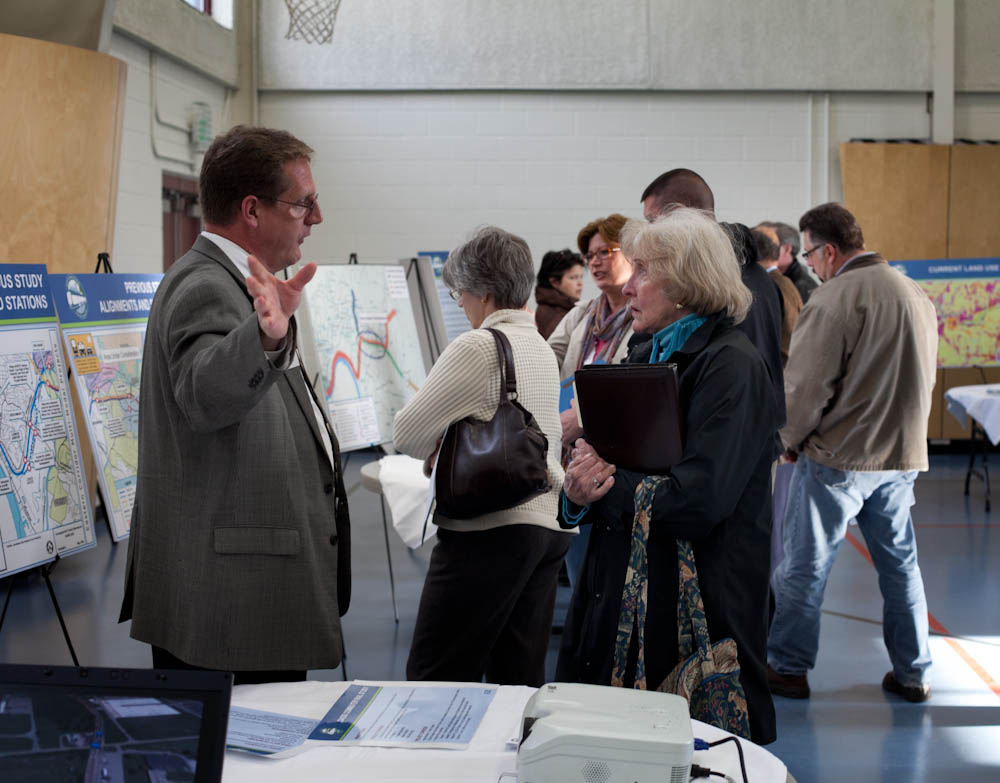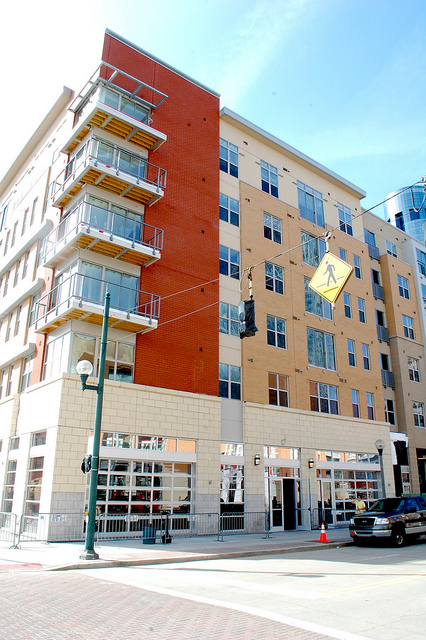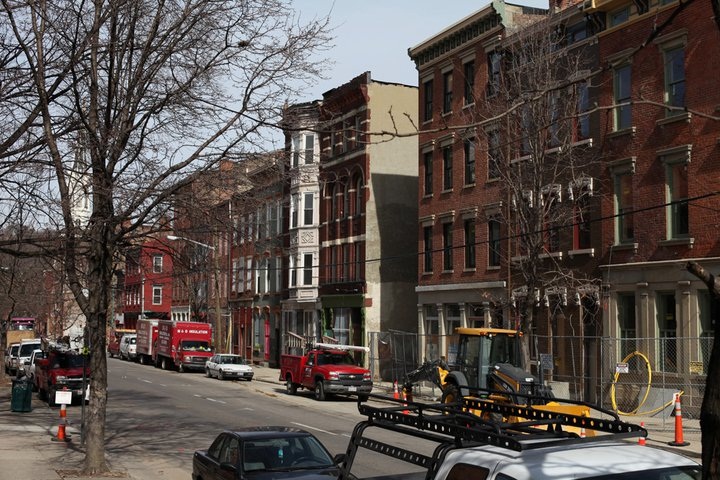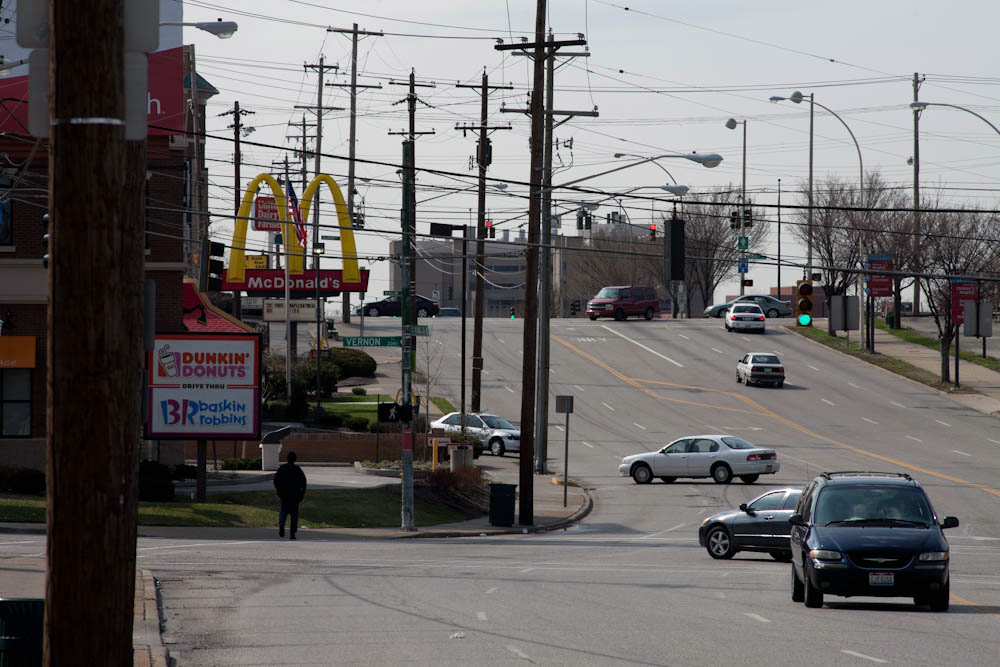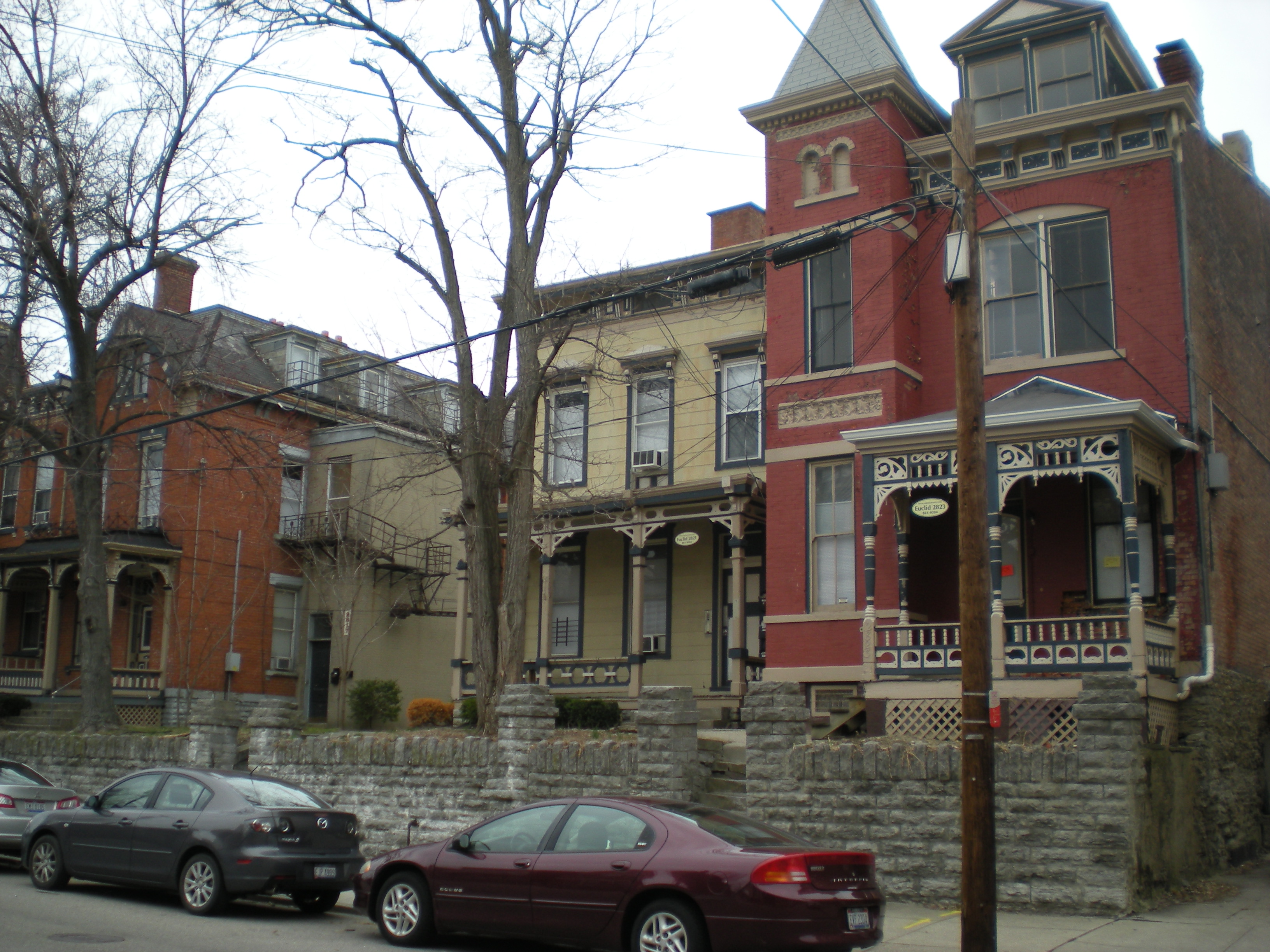First proposed in the late 1990’s, the multi-modal Eastern Corridor plan concluded its Tier 1 planning in 2006. After four years of inaction, planning for commuter rail on the Oasis line resumed in May 2010. Tier 2 National Environmental Policy Act (NEPA) analysis and preliminary engineering is currently underway and preferred alternatives will be determined in 2012.
As the plan moves forward, project leaders are holding three community open houses this week to provide an opportunity for the public to learn more about the project and offer feedback at the midpoint of this planning phase. But because there will not be any official decisions concerning track alignment, vehicle type, etc., until 2012, those who attended the April 5 open house at the Leblond Recreation Center on Riverside Drive were frustrated by the inability of planners to answer specific questions.
The primary concern of open house attendees was the proposed use of diesel locomotives. Area residents are familiar with the sound of the line’s periodic freight trains and the Cincinnati Dinner Train, and fear that frequent high-speed diesel commuter train service will significantly impact their neighborhoods. Most expressed that they would be more welcoming to the proposed commuter service if it took the form of electric light rail or modern streetcar technology similar to that of the proposed Cincinnati Streetcar.
Several concerned citizens, including Arn Bortz, Managing Partner of Towne Properties, observed that the Oasis Commuter Rail is designed to serve far eastern Hamilton County and Clermont County to the detriment of those who live in Cincinnati. Thayne Maynard, President of the Cincinnati Zoo, said that he moved to Newtown to be close to the Loveland Bike Trail, and is worried that the Oasis commuter rail might scuttle plans for the Ohio River Trail between Downtown and Lunken Airport.
Planners assured those in attendance that “No Build” is a possible outcome of the Tier 2 work, in which case all of these concerns can be forgotten. But the completion of Tier 2 work will not determine how capital funds are acquired or which local entity will operate the line. The Southwest Ohio Regional Transit Authority (SORTA) is the most likely operator. With the vast majority of SORTA’s funding coming from a .3% Cincinnati earnings tax, it appears that a special source of revenue will be needed for the Oasis Line as it is expected to terminate near I-275 in Clermont County.
Further complicating the issue, UrbanCincy investigated the Eastern Corridor plan in August 2010 and discovered several significant flaws that have yet to be addressed by project planners.
Two more open houses are scheduled to be held. The first will take place on Wednesday, April 6 at the R.G. Cribbet Recreation Center (map), and the second on Thursday, April 7 inside the Milford High School cafeteria (map). Both open houses will take place from 5pm to 8pm, and will include an open comment/Q&A session beginning at 7pm.
Eastern Corridor Open House photograph by Jake Mecklenborg for UrbanCincy.
